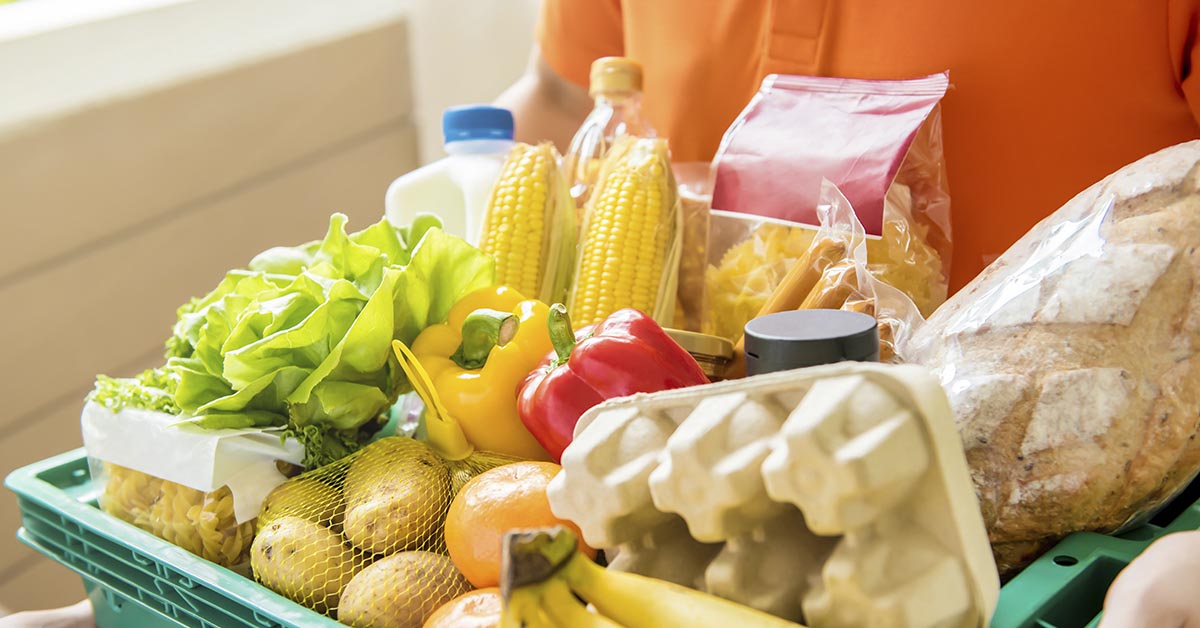The breakfast table of 2050 is set to challenge our traditional morning routines. As we wake up to a world with a population projected to reach 10 billion, the question of what’s for breakfast becomes far more complex.1 Our current global food system is facing a multitude of challenges, from climate change to inefficient resource usage, leading to increased concerns about food security. This subheading delves into the urgent need for transformative changes to our food system, highlighting the impacts of climate change on breakfast staples and the importance of rethinking agricultural practices.2
The impact of climate change on breakfast staples is undeniable. A 2021 study by Cornell University revealed that global farming productivity has declined by 21% since 1961 due to climate change. Climate-related challenges such as heat stress, extreme weather events, and diseases threaten key breakfast components like meat, eggs, and grains. Pigs, sensitive to heat stress, may experience slower growth and reduced pork production, potentially increasing bacon prices. Additionally, extreme weather events like fires and heatwaves are affecting wheat crops, putting staples like bread at risk.
However, these challenges also present an opportunity for change. Tim Benton, a biologist at Chatham House, emphasizes that there’s enough food to feed the planet, but adjustments are needed to ensure a sustainable future. For breakfast, this could mean shifting away from resource-intensive options and exploring more resilient and diverse alternatives.
Food Security and the Future Breakfast Plate
The breakfast plate of 2050 might look drastically different as we adapt to the changing food landscape. While some staples may remain, their availability and cost could shift significantly. This subheading examines the potential changes in breakfast ingredients, the rise of alternative protein sources, and the importance of diversifying our food sources to ensure food security.
Meat prices are likely to rise as staple feed crops decline. Climate-sensitive animals like pigs could experience reduced production due to heat stress. This could lead to higher prices for items like bacon. Similarly, eggs may become pricier as governments crack down on unsustainable agricultural practices. Supply chain disruptions, extreme weather events, and diseases could further exacerbate price hikes.
To address these challenges, the breakfast plate of 2050 might see more emphasis on alternative protein sources. The concept of “meatless meats” is gaining traction, offering plant-based alternatives to traditional animal products. Innovations like lab-grown meat and gene-edited crops could revolutionize the way we source protein, addressing both environmental concerns and food security.
The Role of Individuals in Ensuring Food Security
In a world striving for food security, individual choices and technological advancements play crucial roles. The breakfast of 2050 will be shaped not only by changing agricultural practices but also by consumer preferences and advancements in farming technology.3 This subheading explores how individuals can contribute to sustainable food choices, the importance of technology in modernizing agriculture, and the need for global collaboration in securing our food future.
Consumer choices at the grocery store can drive the transition to a sustainable food system. Opting for plant-based foods, supporting local produce, and minimizing food waste are simple yet impactful steps individuals can take. Experts emphasize the importance of raising awareness about the environmental impact of different food choices and advocating for changes in the market.
Technology emerges as a powerful tool in securing food security. Innovations like small robots in farming and gene editing offer solutions to address challenges related to land usage, resource efficiency, and crop resilience,3. For example, small robots can replace traditional tractors, reducing soil compaction and resource wastage. Gene editing could produce crops with enhanced resilience and nutritional content.
Furthermore, global collaboration and policy changes are essential to achieving sustainable food security. Organizations like the World Bank Group are working to strengthen safety nets, promote climate-smart farming techniques, and improve food safety. These efforts, combined with consumer awareness and technological innovation, can pave the way for a future where breakfast, and all meals, are more secure and sustainable.
Conclusion
As we peer into the future breakfasts of 2050, it’s clear that the way we produce, distribute, and consume food needs a dramatic overhaul to ensure food security for a growing global population. The challenges posed by climate change, resource limitations, and inefficient agricultural practices demand a proactive response. With shifts towards plant-based diets, alternative protein sources, technological innovation, and individual choices, we can pave the way for a breakfast that not only sustains us but also sustains the planet. It’s a collective effort that requires governments, businesses, individuals, and researchers to work together towards a future where breakfast remains a cherished part of our lives while also contributing to a more secure and sustainable food system for all.
Sources:
- https://time.com/5216532/global-food-security-richard-deverell/
- https://www.insider.com/future-foods-whats-for-breakfast-2023-07
- https://www.bbc.com/future/bespoke/follow-the-food/five-ways-we-can-feed-the-world-in-2050.html

